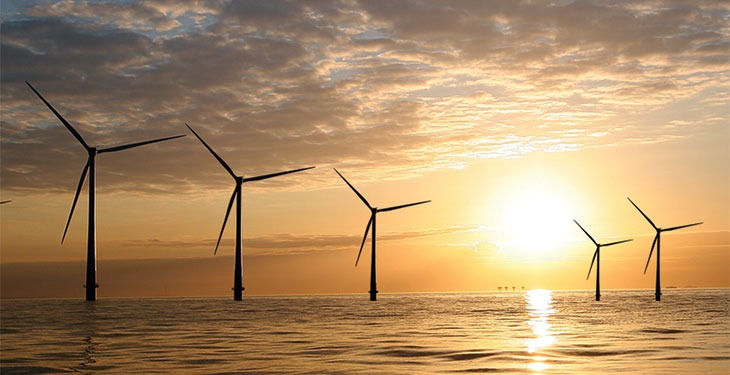In June 2020, the Romanian Senate proposed for debating a draft law regarding the necessary measures for performing operations for offshore wind exploitation. For the moment, this draft law is still in the Senate awaiting various approvals from various commissions.

The offshore wind bill proposes the rights for initiating and carrying out offshore projects be obtained from the Romanian state through the Ministry of Economy, Energy and Business Environment (MEEBE), either through concessions, tender procedures, or by direct licensing (granted to interested parties showing relevant technical and financial capacities). If the right to build and operate a wind farm is awarded through a tender, the concession will be granted on the basis of the “lowest price” criteria. Tender winners will also need to exhibit a “minimum need for subsidies”.
Offshore wind farms established in accordance with competitive tendering procedures are entitled to subsidies in certain circumstances. MEEBE is considering the introduction of a support scheme for investments in new-generation electricity production with low carbon emissions. Recently, the Government has approved a Memorandum presenting the plan for a support mechanism in the form of a scheme based on paid-capacity tenders through Contracts for Difference (CfD) and provisional annual budgets for the auctions, technology specific.
Offshore wind-farm projects established in accordance with direct-licensing procedures will – following their grid connection – be entitled to a premium of a maximum of EUR 0.025 per kWh on top of the electricity-market price. In addition to the premium, compensation will be granted for the balancing of costs, amounting to EUR 0.020 per kWh, for 20 years from the time the network is connected.

Unlike for other onshore generation capacities, the divestments and change in control for such offshore generation is subject to specific limitations, namely any direct or indirect transfer of the rights and obligations of the key licenses is performed only with the prior approval of MEEBE.
The bill provides for specific rights for access to land, depending on the land regime, and in term of the grid connection, ensures guaranteed connection provided that the offshore wind farm demonstrates that it complies with all technical, functional and documentary requirements.
The proposed law also provides for unprecedented provisions, namely the possibility that persons with properties in coastal areas can become shareholders in the companies that will develop these Black Sea wind farms. Individuals will be entitled to receive 20% of the shares of companies developing offshore wind farms if they reside 4.5 km from the offshore wind farm or in localities located within16 kms.
The offshore wind draft law is expected to go through the legislative process this autumn and is likely to receive various amendments before reaching the Deputies Chamber for further deliberation. As a result, the bill might just be finalized this year, coinciding with Hidroelectrica’s announcements for ambitious investments in offshore-wind electricity generation with a total installed capacity of between 300 MW and 500 MW (depending on the result of feasibility studies). According to a report issue by the World Bank Group in March 2020 and revised in May 2020, about the offshore wind technical potential of the Black Sea, Romania features with an estimated 74 GW potential.

This subject matter is something to follow in the years to come, as it has the potential to foster unprecedented investment and shape the energy sector of Romania as only such a technological revolution can do, once in a generation, as they say, however only under the proper policy and legal framework.
—————————————-
This interview firstly appeared in the printed edition of Energynomics Magazine, issued in October 2020.
In order to receive the printed or electronic this issue of Energynomics Magazine, we encourage you to write us at office [at] energynomics.ro to include you in our distribution list. All previous editions are available HERE.
